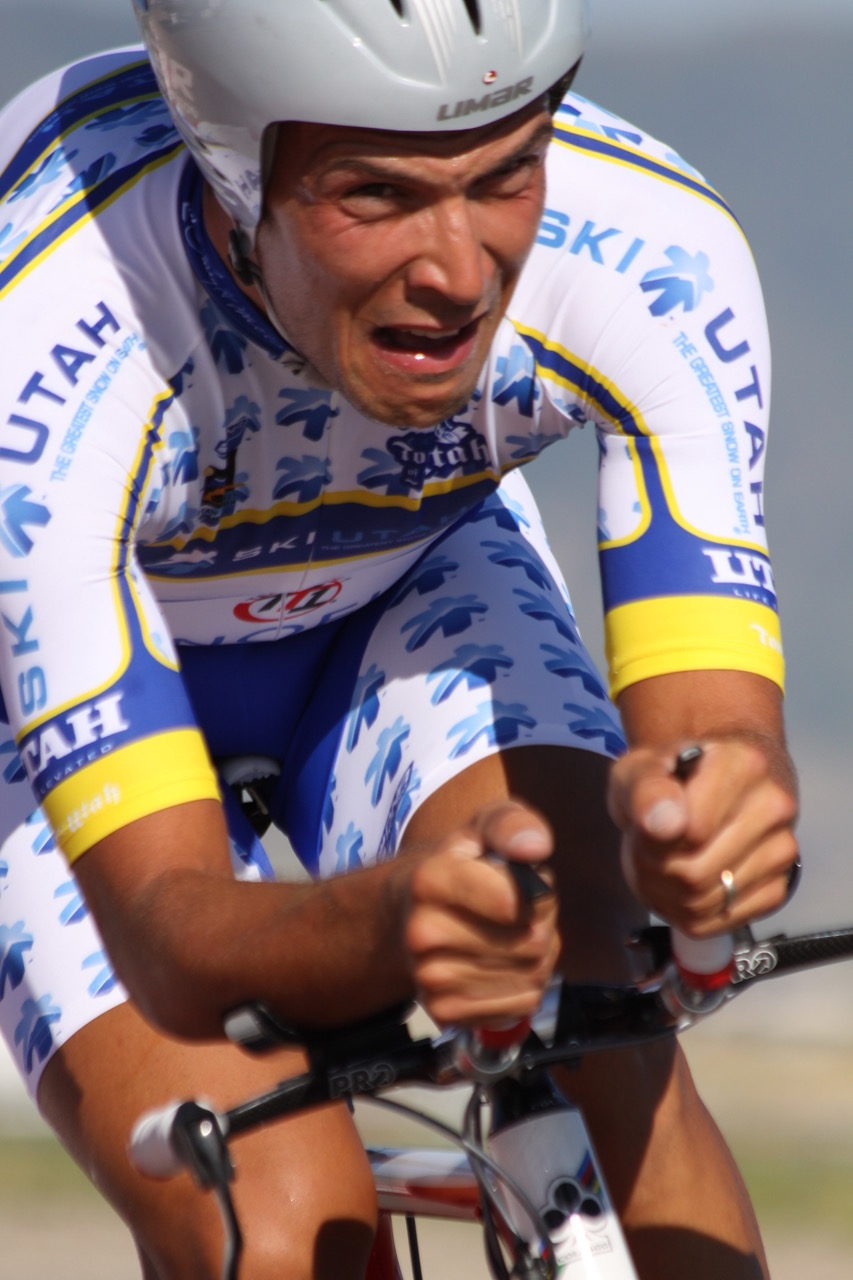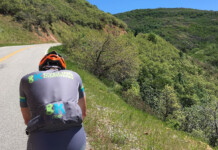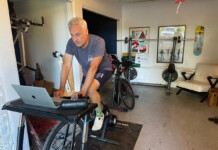The frequent question…how hard should I go while performing an endurance event? What’s a good pace for a time trial (TT)? Do I go out hard, or should I easy into race or ride pace? I am sure you have discovered what happens when you go out too hard…you blow up! On the other hand if you go out to slowly, you will sometimes feel like you did not go hard enough.
What is pace or what is meant by setting a pace for bicycling? Pacing is how you “dose” exercise intensity for a particular event. Pacing is performed in hopes of maximizing an event performance. Pacing is critical for success in timed individual athletic events such as TT’s, triathlon, rowing, long track speed skating.

A research paper by Ham and Knez discussed pacing strategies for a 30km time trial (TT) 1. A time trial is an individual race where you race “against the clock”. A TT requires an athlete to go as fast as they can over a certain distance. This paper looked at a longer event (30km) to best demonstrate the use of pacing. We know that in shorter events, such as 4km or less, pacing should be approached by a short and powerful start (above average pace for the event)2. Ham and Knez compared pacing strategies with time to exhaustion values as a means to calculate best pacing strategy for a longer TT. They discovered that athletes who had faster starts would then have slower completion times. It was suggested that early lactate acid build up is the reason for impaired performance. Their research suggested that starts for longer TT’s should be held closer to projected pacing levels so as to avoid early onset of exhaustion. This would suggest that athletes create an even dosing of energy to an event. They also found athletes who varied their TT efforts much greater than 5% over their optimal TT pace had slower results.
This paper is useful to more applications than just a 30km TT. Think about endurance events such as your local century ride. You will pay the price when you go out too fast. There is plenty of anecdotal evidence demonstrating the ill effects of going out too hard on endurance rides. You will find that even pacing strategies will allow for “best results” on most recreational endurance events.
What can I do?
Know your optimal pace. Experiment with pacing levels. This experimentation should include discovery of what is too hard of pacing and what is too easy.
Quantify your pacing in terms of cadence, heart rate and power. Heart rate and cadence are easy to monitor and should be best understood prior to application of power. Power monitoring is great if you can frequently test and then know your threshold power.
Resist the temptation to start an event too hard. This involves knowing a quantity or value that is associated with too hard of a pace. Use metrics of cadence, heart rate and/or power. Starts that exceed 5% of projected pace will result in poor performance.
This research encourages the bicyclist to “know thy self”. Pacing strategies will help you perform better. The establishment of this strategy requires work on your part. This includes testing, monitoring, event practice and self control. Don’t leave an important event to chance. Good preparation and strategy proves to be the best performance enhancement.
Reference:
- Ham DJ and Knez WL. An evaluation of 30km cycling time trial pacing strategy through time-to-exhaustion at average time trial pace. J of Strength and Conditioning Research. 23(3): 1016-1021, 2009; DOI: 10.1519/JSC.0b013e3181a30f8f
- Van IngenSchenau GJ, de Koning JJ and de Groot G. The distribution of anaerobic energy in 1000 and 4000 meter cycling bouts. Int J Sports Med 13: 447-451, 1992; DOI: 10.1055/s-2007-1021296







